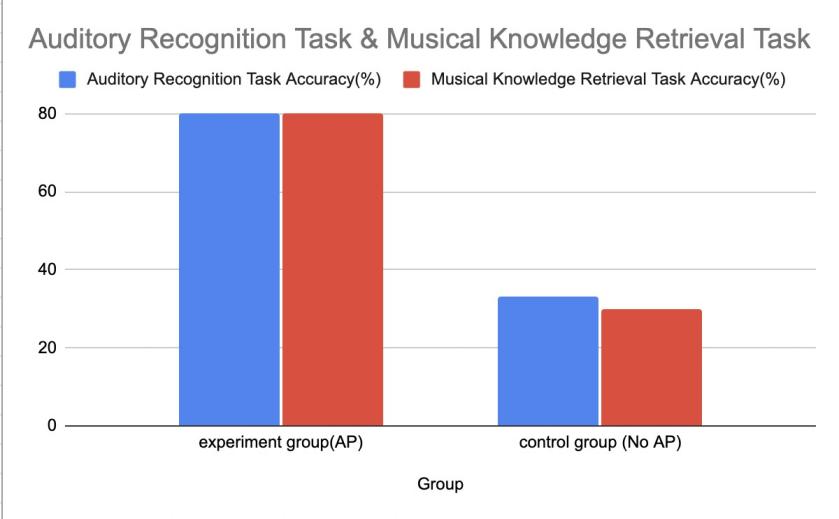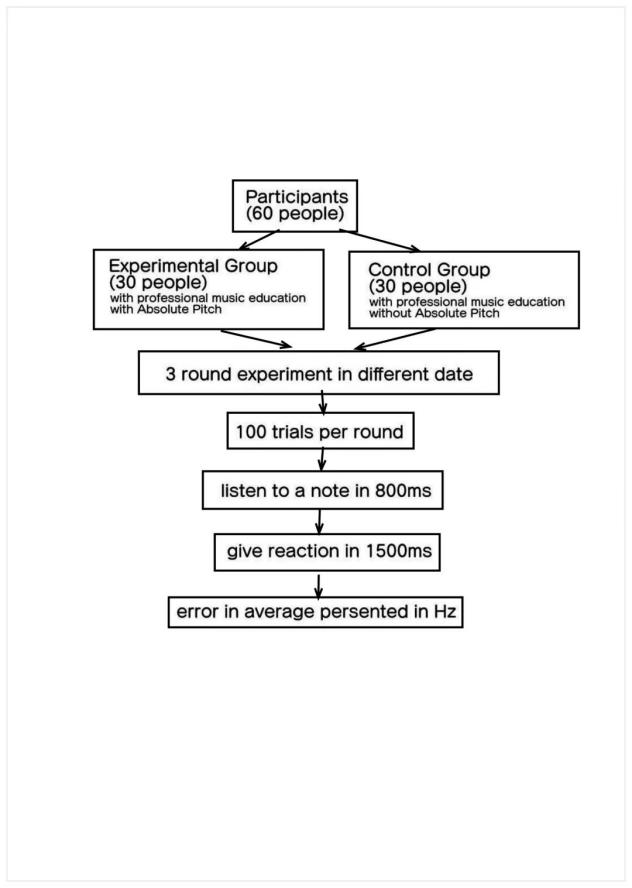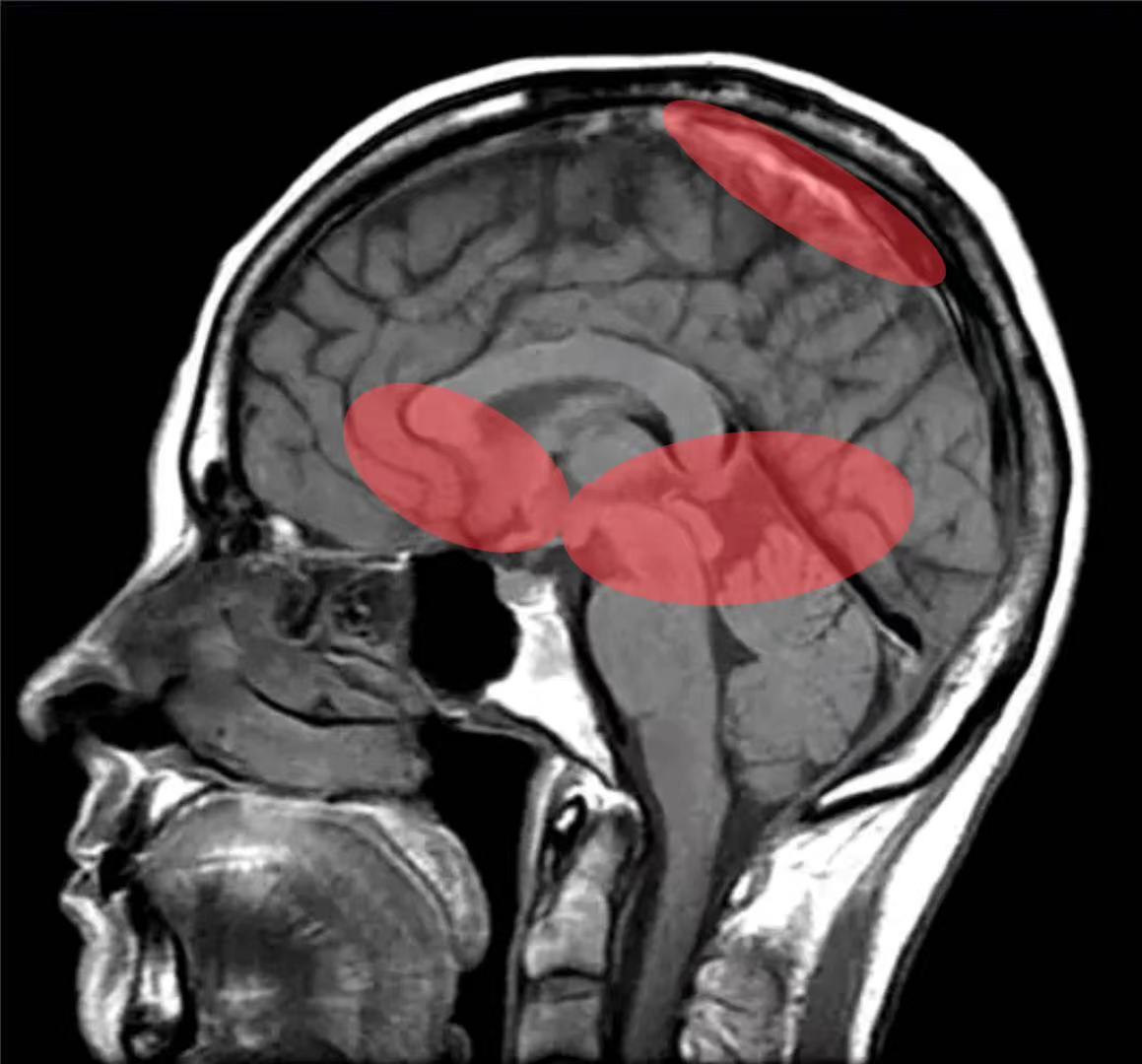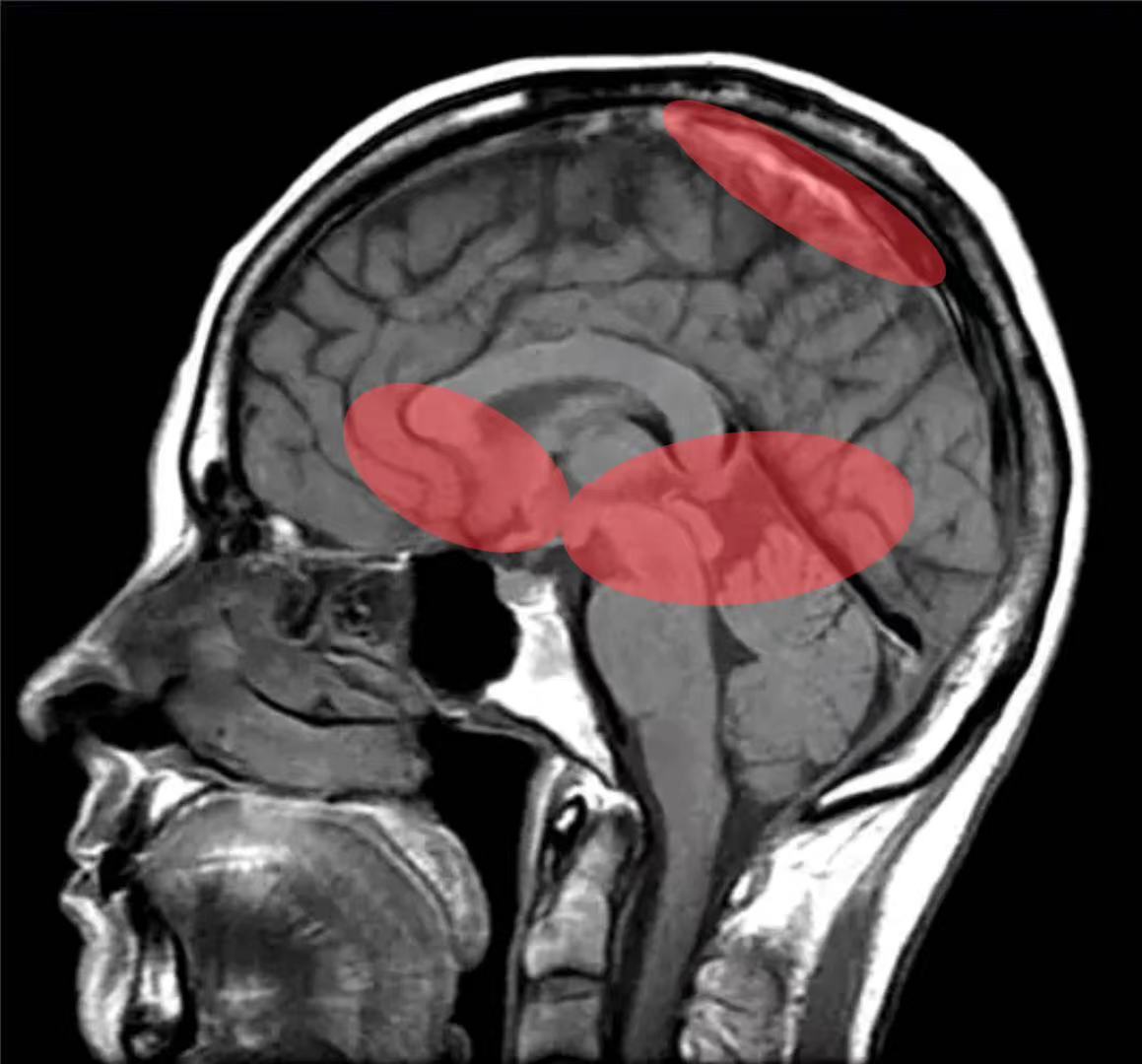1. Introduction
Regarding the phenomenon of absolute pitch (AP), the concept of "AP" discussed in this paper is not the traditional "ability to name musical notes (HTM, Heightened Tone Memory)" but a broader "ability to automatically encode frequency information (APE, Auditory Perceptual Encoding of Stimulus Frequency)." [1].
Studies have shown that both AP (absolute pitch) and RP (relative pitch) abilities rely on long-term memory (LTM). In other words, when we recall the pitch of a familiar song in our minds, it is actually retrieved from long-term memory. However, individuals with absolute pitch can "automatically" compare the pitch they hear with the "pitch templates" stored in their long-term memory [2]. In other words, they have a mental "piano" that allows them to automatically identify the pitch and its corresponding note name on the keyboard after hearing a sound, and this "perception-identification" pattern for audio information is similar to the "perception-identification" pattern in human brain's color cognition [3].
2. Experiment
In terms of experimental design, we have targeted subjects with absolute pitch (AP) as our research subjects. Among subjects with AP ability, the retrieval of pitch frequency information stored in long-term memory (LTM) is expected to activate the pitch perception system. Using fMRI scans during the experiment, we predict that when subjects hear audio of a specific pitch, their auditory cortex, responsible for processing auditory information, will be activated first, and at the same time, the brain regions responsible for LTM and those responsible for sound knowledge will also be activated. Similarly, in another experiment, when we provide the name of a specific pitch using musical terminology (e.g., C in the bass clef), while subjects retrieve the pitch frequency information, we can also detect activity in the auditory cortex.
2.1. Experimental design
Participants: The participants being chosen should be 15 people with no perfect pitch(RP) and 15 with perfect pitch. (AP)
The Pre-method tests the participants’ pitch ability, each participant is familiarized with the fMRI environment and safety protocols. Design the experiment in a way that participants will undergo brain scans while engaging in two types of tasks designed to activate sound knowledge and sound perception systems.
Task 1: Participants listen to music notes through headphones. They are asked immediately after the notes are played while FMRI is scanning and will need to identify the notes. The measurement for this task will be the reaction time and the accuracy. The auditory cortex and regions associated with long-term memory will be expected to activate.
Task 2: Participants read or hear the names of specific pitches (e.g., “C in the bass clef”) presented through headphones. They are instructed to recall the corresponding pitch and identify it on a virtual keyboard displayed on a screen. The measurement will be RT and the accuracy. The auditory cortex and regions associated with long-term memory will be expected to activate.
Analysis: Preprocess and analyze fMRI data with software (e.g., SPM or FSL) In addition, activation patterns were compared for the tasks between the AP and RP groups. Find areas of the brain that are highly activated in both auditory processing and memory retrieval. Analyze with statistics the relationship between RT and accuracy in both tasks separately for groups. Examine relationships between fMRI activation patterns and behavioral performance measures.
Expected outcome: In sum, if H1 is correct and AP individuals do, in fact, retrieve pitch knowledge, we expect significant activation in regions associated with hearing and memory during the performance of pitch-related tests. The second hypothesis (H2) predicts that AP subjects will report faster and more accurate responses than RP subjects in both tasks. (see figure 1)

Figure 1: Overview of research objectives and hypotheses
2.2. Experiment process
2.2.1. Participants
The proposed study will collect 60 participants in total, all of them should be fit age, and the ratio between males and females should be close to 1. All subjects will have normal hearing thresholds determined by a hearing test administered before scanning by a trained audiologist. Hearing thresholds will be better than 20 dB HL in the range from 250 to 8000 Hz. 30 of the participants in the experimental group will be proved to have Absolute Pitch. Participants in the experiment group will be professional music learners who experienced musical learning for no less than 5 years, and they are all with Absolute Pitch. Participants in the control group should have experienced no less than 5 years of professional musical education as well, while their friends and themselves present them as without Absolute Pitch. Subjects will be given informed consent under a protocol approved by the Institutional Review Board of the Medical College of Wisconsin and will be compensated for their participation.
2.2.2. Stimuli
The stimuli is a series of bursts of random notes played from a standard piano which has the middle A (A4) set to 440 Hz. Each burst lasts for 800ms, the following burst should be after the response from the subject to the previous burst. All bursts had 20ms exponential rise and fall envelopes to eliminate acoustic transients. Notes in a burst should have at least one-octave difference from the notes next to it. In this case, the effects brought by Relative Pitch can be reduced.
2.2.3. Procedure
Every subject will take part in at least three experiments on different dates. The multiple times of experiments can reduce the error and the difference in dates. In each round of the experiment, subjects are instructed to lie still and listen to the notes. Sounds will be presented using in-ear electrostatic headphones. Acoustic ear muffs were used to passively attenuate scanner noise.
As Figure 2 shows, during the experiment, subjects will be divided into two groups: the subjects with Absolute Pitch are divided into the experimental group, and the subjects without Absolute Pitch are divided into the control group, each group containing 30 participants. The experiment for 100 trials; in each trial, the stimuli occurred by the headphones, lasting for 800ms for the subjects to recognize. In each trial, the participant's response accuracy and reaction time for identifying the note are recorded. If the reaction time exceeds 1500 ms, it will be considered an invalid selection. The system will automatically add new test options until 50 valid selections are reached. The error, in Hz, is recorded each round, and the average error in a single experiment is recorded individually to represent the average level of the participant in this experiment process. The fMRI test is also conducted when the participant listens to the note and when the participant responds to the note, using a 3.0 T GE Excite scanner.

Figure 2: Experiment flow chart
2.3. fMRI
Predicted Results: We predict that fMRI scans will show significant differences in specific brain regions between the absolute pitch (AP) and non-absolute pitch (non-AP) groups. Here are some brain parts that may have a more pronounced response.
Auditory Cortex: The auditory cortex in the superior temporal gyrus can make the initial progress of the auditory signal. We expect the auditory cortex to activate in all subjects when hearing notes. However, AP subjects will activate higher due to their enhanced pitch sensitivity and encoding abilities [4].
Frontal Cortex: The prefrontal cortex (PFC), particularly the dorsolateral prefrontal cortex (DLPFC), is associated with working memory and pitch labelling. AP subjects are predicted to display more robust DLPFC activation during pitch retrieval tasks, reflecting their greater efficiency in matching auditory information with stored pitch templates [5].
Hippocampus: The hippocampus, which is involved in storing and retrieving long-term memory, is expected to be more active in AP subjects. This increased activity will reflect their ability to quickly access stored pitch templates when hearing a note [6].
Parietal Cortex: The parietal cortex, which works in spatial processing and multisensory integration, is hypothesized to show noticeable reactions in AP subjects. This would support the idea that APs may have more vital spatial awareness when perceiving and identifying pitch [7].
2.4. Brain regions that are activated during auditory recognition tasks (figure 3)
The Auditory Cortex: The auditory cortex is labeled in a part of the brain called the superior temporal gyrus, which means that all subjects activate this area when they hear musical notes.
Frontal Cortex (Prefrontal cortex): The dorsolateral prefrontal cortex (DLPFC) was labeled, specifically highlighting the strong activation of the AP group in the pitch retrieval task.
Hippocampus (hippocampus): Indicates higher activation in the AP group during pitch template retrieval.
Parietal Cortex: Illustrates significant responses in spatial awareness and multisensory integration in the AP group

Figure 3: Brain activation during sound recognition
2.5. Brain regions activated during musical knowledge retrieval tasks (figure 4)
The Auditory Cortex: Also labeled in the superior temporal gyrus, indicating activation in hearing musical notes.
Frontal Cortex: The degree of DLPFC activation was again emphasized, especially in the AP group.
Hippocampus (hippocampus): Activation was significantly enhanced in the AP group during rapid access to the pitch template.
Parietal Cortex: emphasizes its importance in pitch recognition and musical knowledge retrieval.

Figure 4: Brain activation during music recall
3. Results
In the following analysis of our experiment to investigate the neural basis of absolute pitch perception and musical knowledge access, we anticipate a differential performance pattern between the AP group and the non-AP group, especially in terms of accuracy rate and response time.
3.1. General predictions
Accuracy Rates: We expect: Experimental Group (AP): an approximate 85-90% success rate in the auditory recognition task as well as 80-85% success rate in the musical knowledge task.
Control Group (No AP): Approximately 30/100 correct response rate in auditory recognition and about 25/100 correct response rate for musical knowledge.
Reaction Times: We further assume that the reaction times are going to be much faster for the AP group, as the speedy identification of musical notes is inherent in musicians.
Experimental Group (AP): The average reaction time was approximately 200-300 milliseconds.
Control Group (No AP): The average reaction time is also likely to be slightly higher and close to 300-400 milliseconds, suggesting that more time is needed for decision-making.
3.2. Detailed narrative
3.2.1. Auditory recognition task
Experimental Group (AP): Although the diagnosis of AP can be made at any age, the participant is expected to note with a high degree of accuracy at least 80 of the 100 notes. They will probably have a significant fMRI activation of areas relating to auditory processing and musical memory.
Control Group (No AP): It should be noted that based on an average of 30 correct answers to 100 questions, participants who do not have AP may experience considerable difficulties, especially with notes that contain ambiguous relative pitch information. Their fMRI may yield less activation in the specific regions for AP but greater activity in the regions implicated in working memory and deliberate listening.
3.2.2. Musical knowledge retrieval task
Experimental Group (AP): The expected performance in singing or imaginal pitch of participants with AP, rely on their probably internal representation of pitch. The expected average of accuracy is expected to be around 80%.
Control Group (No AP): This group may experience quick difficulties in recalling musical knowledge devoid of absolute pitch with a predicted average success rating of 25/100. Their answers may be slower sometimes; this might be because processing such information demands more effort than the normal workload.
3.3. Statistical analysis
We predict the p-value is less than 0.05, which will lead to the rejection of the null hypothesis, indicating that the difference between the groups is statistically significant.
4. Discussion
If the two hypotheses presented in this paper hold true, they will provide support for the view that there is a direct overlap between conceptual knowledge and perceptual systems. Furthermore, this will align with a growing body of evidence suggesting that conceptual knowledge is grounded in specific sensory systems of the brain. This will also further bolster the theory of "embodied cognition," which posits that conceptual knowledge is rooted in neural mechanisms of perception and action rather than existing in an abstract, amodal form.
h1: The recognition of sounds activates regions associated with sound knowledge, and conversely, the retrieval of sound knowledge also activates sound recognition regions. If this hypothesis holds, it will indicate a relationship between sound recognition and sound knowledge, supporting the embodied cognition hypothesis. If h1 does not hold, it will suggest that sound recognition and sound knowledge are unrelated, implying that no such relationship exists between sound recognition and sound knowledge in subjects with absolute pitch.
h2: Subjects with absolute pitch establish connections from sound recognition to sound knowledge, or vice versa, faster than those without absolute pitch. This suggests that the brain regions responsible for absolute pitch do indeed influence the cross-modal correspondence (CMC) [8]. physiological phenomenon in the human brain. If no difference is observed, it will indicate that CMC is not directly related to the possession of absolute pitch.
This paper aims to provide support for the view that there is a direct overlap between conceptual knowledge and perceptual systems. If our hypotheses hold true, they will align with a growing body of evidence suggesting that conceptual knowledge is grounded in specific sensory systems of the brain. This will also further support the theory of "embodied cognition," which posits that conceptual knowledge is rooted in neural mechanisms of perception and action rather than existing in an abstract, amodal form.
5. Conclusion
We hope to further explore the relationship between the ability of "absolute pitch (AP)" and spatial perception of pitch height.
We know that the human brain has a cross-modal perceptual experience of "pitch" and "space and movement," with the recognition and perception of pitch able to map onto non-auditory sensory dimensions, such as space, size, and even directional trends of movement.
We aim to investigate the similarities and differences in the neural bases of cross-modal correspondence (CMC) between absolute pitch subjects and other subjects. By proposing the hypothesis that "subjects with absolute pitch are more sensitive to the spatiality of pitch perception compared to those without this ability," we hope to provide additional support for the embodied cognition hypothesis.
References
[1]. Ross, D. A., Gore, J. C., & Marks, L. E. (2005). Absolute pitch: Music and beyond. Epilepsy & Behavior, 7(4), 578-601.
[2]. Levitin, D. J., & Rogers, S. E. (2005). Absolute pitch: perception, coding, and controversies. Trends in cognitive sciences, 9(1), 26-33.
[3]. Simmons, W. K., Ramjee, V., Beauchamp, M. S., McRae, K., Martin, A., & Barsalou, L. W. (2007). A common neural substrate for perceiving and knowing about color. Neuropsychologia, 45(12), 2802-2810.
[4]. Zatorre, R. J., Perry, D. W., Beckett, C. A., Westbury, C. F., & Evans, A. C. (1998). Functional anatomy of musical processing in listeners with absolute pitch and relative pitch. *Proceedings of the National Academy of Sciences, 95*(6), 3172–3177.
[5]. Ohnishi, T., Matsuda, H., Asada, T., Aruga, M., Hirakata, M., Nishikawa, M., Katoh, A., & Imabayashi, E. (2001). Functional anatomy of musical perception in musicians. *Cerebral Cortex, 11*(8), 754–760.
[6]. Simmons, W. K., Martin, A., & Barsalou, L. W. (2007). Pictures of appetizing foods activate gustatory cortices for taste and reward. *Cerebral Cortex, 17*(5), 1230–1238.
[7]. Schlaug, G., Jancke, L., Huang, Y., & Steinmetz, H. (1995). In vivo evidence of structural brain asymmetry in musicians. *Science, 267*(5198), 699–701.
[8]. Eitan, Z. (2017). Cross-modal experience of musical pitch as space and motion: Current research and future challenges. Body, sound and space in music and beyond: Multimodal explorations, 49-68.
Cite this article
Zhang,Z.;Fan,S.;Zeng,Y.;Yao,Y.;Chen,W.;Liu,J. (2025). The Mutual Stimulatory Effect Between Sound Knowledge and Sound Perception. Theoretical and Natural Science,108,63-69.
Data availability
The datasets used and/or analyzed during the current study will be available from the authors upon reasonable request.
Disclaimer/Publisher's Note
The statements, opinions and data contained in all publications are solely those of the individual author(s) and contributor(s) and not of EWA Publishing and/or the editor(s). EWA Publishing and/or the editor(s) disclaim responsibility for any injury to people or property resulting from any ideas, methods, instructions or products referred to in the content.
About volume
Volume title: Proceedings of the 4th International Conference on Computing Innovation and Applied Physics
© 2024 by the author(s). Licensee EWA Publishing, Oxford, UK. This article is an open access article distributed under the terms and
conditions of the Creative Commons Attribution (CC BY) license. Authors who
publish this series agree to the following terms:
1. Authors retain copyright and grant the series right of first publication with the work simultaneously licensed under a Creative Commons
Attribution License that allows others to share the work with an acknowledgment of the work's authorship and initial publication in this
series.
2. Authors are able to enter into separate, additional contractual arrangements for the non-exclusive distribution of the series's published
version of the work (e.g., post it to an institutional repository or publish it in a book), with an acknowledgment of its initial
publication in this series.
3. Authors are permitted and encouraged to post their work online (e.g., in institutional repositories or on their website) prior to and
during the submission process, as it can lead to productive exchanges, as well as earlier and greater citation of published work (See
Open access policy for details).
References
[1]. Ross, D. A., Gore, J. C., & Marks, L. E. (2005). Absolute pitch: Music and beyond. Epilepsy & Behavior, 7(4), 578-601.
[2]. Levitin, D. J., & Rogers, S. E. (2005). Absolute pitch: perception, coding, and controversies. Trends in cognitive sciences, 9(1), 26-33.
[3]. Simmons, W. K., Ramjee, V., Beauchamp, M. S., McRae, K., Martin, A., & Barsalou, L. W. (2007). A common neural substrate for perceiving and knowing about color. Neuropsychologia, 45(12), 2802-2810.
[4]. Zatorre, R. J., Perry, D. W., Beckett, C. A., Westbury, C. F., & Evans, A. C. (1998). Functional anatomy of musical processing in listeners with absolute pitch and relative pitch. *Proceedings of the National Academy of Sciences, 95*(6), 3172–3177.
[5]. Ohnishi, T., Matsuda, H., Asada, T., Aruga, M., Hirakata, M., Nishikawa, M., Katoh, A., & Imabayashi, E. (2001). Functional anatomy of musical perception in musicians. *Cerebral Cortex, 11*(8), 754–760.
[6]. Simmons, W. K., Martin, A., & Barsalou, L. W. (2007). Pictures of appetizing foods activate gustatory cortices for taste and reward. *Cerebral Cortex, 17*(5), 1230–1238.
[7]. Schlaug, G., Jancke, L., Huang, Y., & Steinmetz, H. (1995). In vivo evidence of structural brain asymmetry in musicians. *Science, 267*(5198), 699–701.
[8]. Eitan, Z. (2017). Cross-modal experience of musical pitch as space and motion: Current research and future challenges. Body, sound and space in music and beyond: Multimodal explorations, 49-68.









